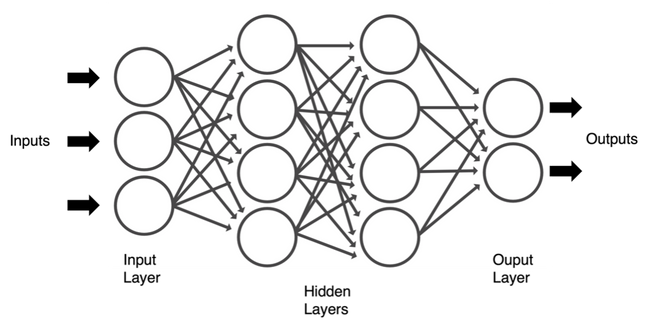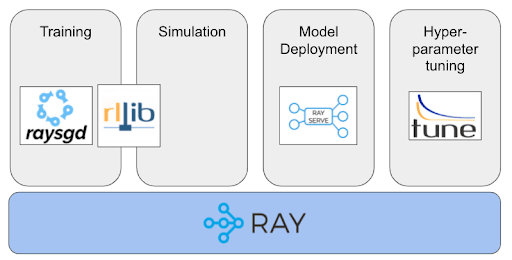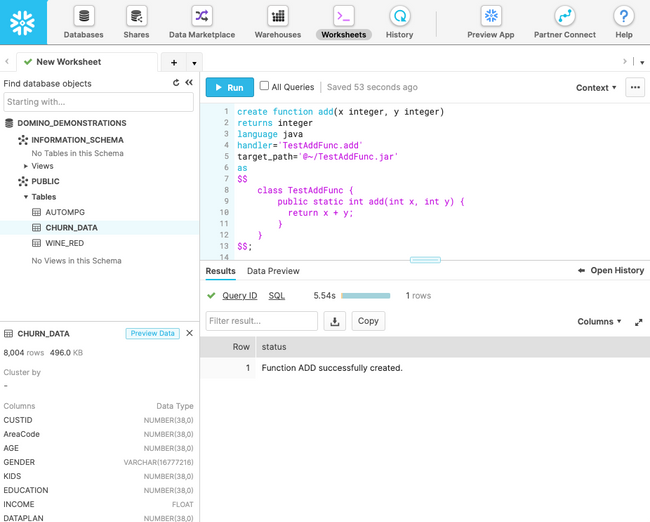Subject archive for "engineering"

Tensorflow, PyTorch or Keras for Deep Learning
Machine learning provides us with ways to create data-powered systems that learn and enhance themselves, without being specifically programmed for the task at hand. As machine learning algorithms go, there is one class that has captured the imagination of many of us: deep learning. Surely you have heard of many fantastic applications where deep learning is being employed. For example, take the auto industry, where self-driving cars are powered by convolutional neural networks, or look at how recurrent neural networks are used for language translation and understanding. It is also worth mentioning the many different applications of neural networks in medical image recognition.
By Dr J Rogel-Salazar13 min read

Getting Started with Ray
In this blog post we give a quick introduction to Ray. We talk about the architecture and execution model, and present some of Ray's core paradigms such as remote functions and actors.
By Nikolay Manchev12 min read

Production Data Science: Delivering Models with R Markdown
R Markdown is one of those indispensable tools in a data scientist’s toolbox that provides speed and flexibility with the last-mile problem of getting your work into production. Speed comes from how easy it is to host and schedule R Markdown reports. Flexibility comes from the wide array of options for production output. Whether it is prototyping an intermediate result or producing quality output that will put your work in its best light, R Markdown has a lot to offer.
By Josh Poduska10 min read

Announcement: Domino is fully Kubernetes native
Last week we announced that Domino is now fully Kubernetes native.
By Nick Elprin2 min read

Techniques for Collecting, Prepping, and Plotting Data: Predicting Social Media-Influence in the NBA
This article provides insight on the mindset, approach, and tools to consider when solving a real-world ML problem. It covers questions to consider as well as collecting, prepping and plotting data.
By Domino31 min read
Subscribe to the Domino Newsletter
Receive data science tips and tutorials from leading Data Science leaders, right to your inbox.
By submitting this form you agree to receive communications from Domino related to products and services in accordance with Domino's privacy policy and may opt-out at anytime.
